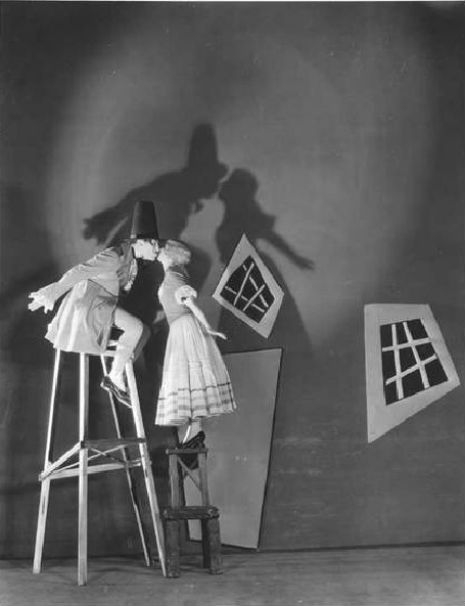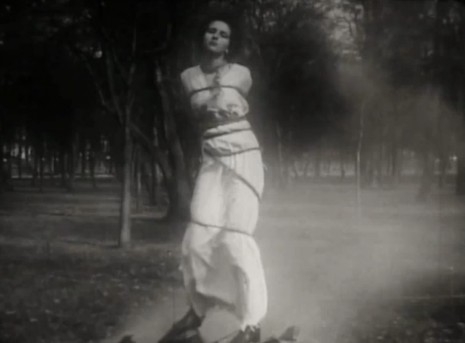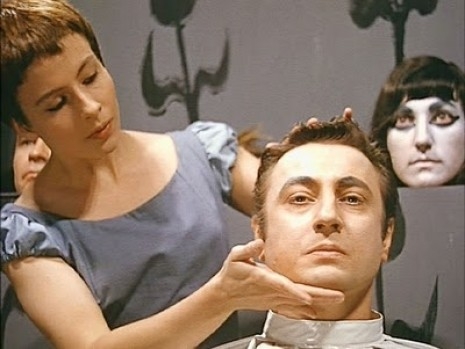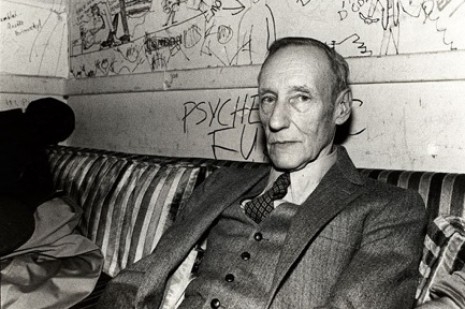
Photographer Bert Stern is forever tied to the legacy of Marilyn Monroe by dint of one fateful job in 1962—a three day photo shoot/bender with Monroe at L.A.’s Hotel Bel-Air, which turned out to be the last shoot Monroe would pose for before her overdose death. Posing nude on white luxury hotel linens with champagne and gauzy scarves, Monroe produced some of the most iconic images of her career, with a simultaneous playfulness and resignation poking through the photos’ sex appeal, mirroring her career as a comic actress whose gifts could never emerge from under a crafted glamorous image too powerful to yield to a real human being. The fact of her death so soon after the shoot made the photos a badge for her martyrdom to the star system, which was creepily underscored by the many images in which she’s Xed out with red marker—Monroe had crossed those images out of the contact sheets herself, but her death gave them an unintended meaning. The shots have come to collectively be known as “The Last Sitting,” and naturally, they’ve been the subject of a few books.
Less well known than those photos was the series of psychedelic silkscreen prints Stern produced from those images a few years later, printed in Day-Glo colors so bright as to threaten the viewer with a subconjunctival hemorrhage. The March 1968 issue of Avant Garde magazine published a portfolio of the prints, and they had this to say about it:
Hundreds of artists have been hung on Marilyn Monroe ever since she died five years ago (including Dali, De Kooning, Linder, Rauschenberg, and 38 other greats who participated in an “Homage to Marilyn” show at the Janis Gallery in New York last month. Perhaps none has been more preoccupied with the image of Marilyn, however, than photographer Bert Stern who, through a quirk of fate, became the last man to photograph her. Stern’s portraits of Marilyn, shot at the Bel Air Hotel in Hollywood on June 21, 1962 are classic and have been published time and again. “Still, I have never been entirely satisfied with them,” says Stern. “Because of photography’s technical limitations, they never quite communicated the dazzling image of Marilyn that existed in my mind’s eye at the time I photographed her.” As a result, over the past five years Stern has been experimenting with various new techniques that would enable him to capture and preserve the image of Marilyn he saw at the time he photographed her. Just this past fall he hit upon the answer: an amalgam of the dramatic technique of serigraphy and the blazing colors of Day-Glo ink.
Stern must have made TONS of the prints, because they’re astonishingly affordable to procure. There seem to always be some available on auction sites, and they tend to go for ballpark $30-50ish. Comparisons to Warhol’s 1962 Marilyn screenprints are unavoidable, but Stern’s prints, despite the magnified vividness of their colors, are coarser works that delight in a psychedelic extremity that the Warhol works can’t touch. The images that follow are spreads from the aforementioned Avant Garde portfolio. Clicking spawns a larger image.
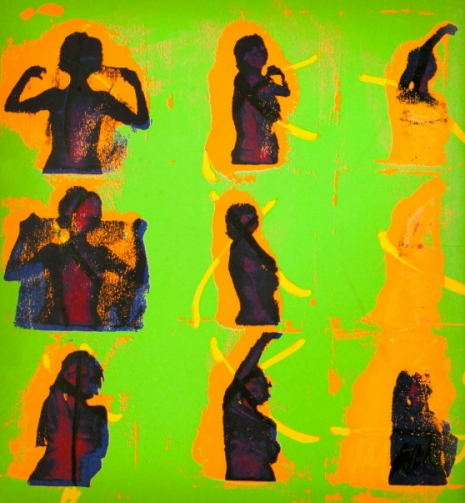
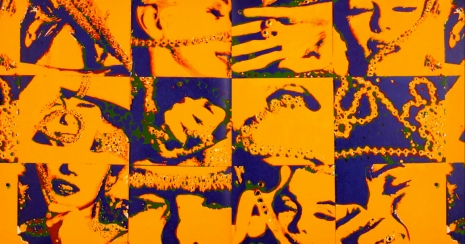
More Marilyn after the jump…






